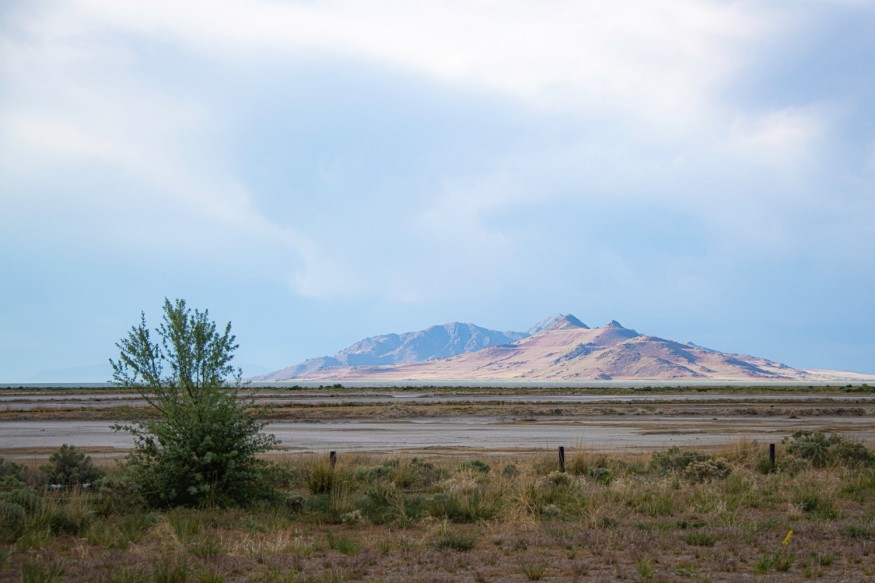Utah's Great Salt Lake is reaching a historically low level of water, which impacts greatly as a threat for hundreds of species including humans.
As the rate of global warming rises faster, a 'megadrought' is expected to continue relentlessly in western US states which forces regions to declare states of emergency. This includes exacerbating wildfires that have been going on for months.

The Utah drought had dried up America's "Dead Sea", nearly nine feet lower water level than the long-term average of the lake.
As the largest salt water body in the western hemisphere, this is rather concerning for scientists not just in an environmental sense, but the 'knock-on effects' it imposes to human health, along with wildlife, as long as it persists for years.
Low Water Line Puts the Whole Ecosystem at Risk
According to Utah's Department of Natural Resources on this week's report, that microbialites or the 'living rocks' on the bottom of the lake which serves as food for brine flies and shrimp, could dry up within weeks water continues to dry up.
While it only takes weeks for them to die, "it takes several years of higher lake level before the microbial mat can recover," said Michael Vanden Berg, energy and minerals program manager at Utah Geological Survey.
What does this imply to the ecosystem? Kevin Perry, chairman of the Department of Atmospheric Sciences at the University of Utah, explained that the 300 varieties of bird breeds at Great Salt Lake more than anywhere else in the US and depends on the microbialites as its food source.
"Our studies show the whole lake system, including the ten million migrating birds, depend on microbialites," said Dr Bonnie Baxter, director of the Great Salt Lake Institute at Westminster College. "Without these critical structures, impacts will be amplified up the food chain."
Perry told CNN that while the long-term drought in Utah dries out soil, more human problem could be felt.
Respiratory Problems for Humans
"One of the concerns we have is the particles that are coming off the lake getting into people's lungs," Perry said. "Fifteen to 20 years ago, when the lake was higher, most of these dust spots were covered up, and if you cover them up with water, they don't produce dust. And so as the lake has receded, it's exposed more and more of that lake bed. As we get the larger area, we have more frequent dust storms."
Arsenics from the soil often gets washed up in lands near the lake, which the wind picks up and cause respiratory problems for humans. Perry added that the lake "could become one of the larger dust emission sources in North America as well".
Ecology researcher and a coordinator at the Great Salt Lake Institute at Westminster College, Jaimi Butler said that these waters are diverted from Great Salt Lake to farms, ranches and cities - some of which enjoy the cheapest water anywhere in the US.
"Keeping water in Great Salt Lake is the biggest thing that keeps me up at night," she said. "We're on the doorstep of a catastrophe."
© 2025 NatureWorldNews.com All rights reserved. Do not reproduce without permission.





